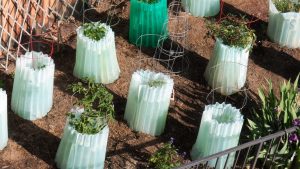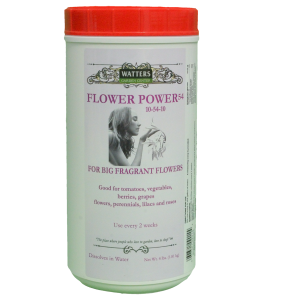by Ken Lain, the mountain gardener
I’m a salsa gardener, and proud of it! The bulk of my gardens are dedicated to tomatoes, tomatillos, cilantro, onions, chives, and peppers. Yum-m-m! I like grilled peppers, peppers eaten out-of-hand fresh from the garden, and pickled peppers. Yum-m-m!
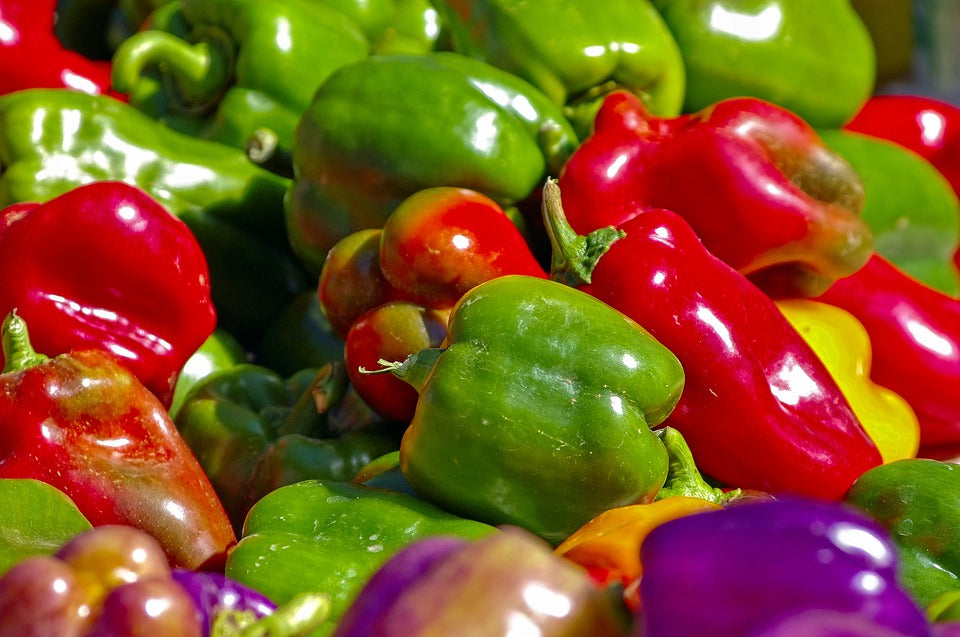
The most exciting, tastiest, and most versatile of kitchen garden plants are peppers. Sweet or spicy, too hot or soothingly mild, peppers can be used for salsa, savory jelly, and for my favorite dish… stuffed and grilled.
Because Prescott and its surrounding areas have a limited growing season for peppers, plants should be started indoors 8 to 10 weeks before our average last spring frost, around May 8th. They can be transplanted to garden soil or containers when daytime temperatures are at least 70°F, and nighttime temperatures are at least 55°F. Peppers can be sown directly into the garden 2-4 weeks after the risk of frost but will be slow to start without the help of a greenhouse. (Most of our summer fruiting plants can be started this weekend.)
Helpful Idea – I start my first crop of summer vegetables with the help of plant protectors, also called ‘Wall of Watters.’ These mini-greenhouses are filled with water that warms the soil around plants to prevent damage from frost. We have them here at Watters Garden Center, and for less than Amazon’s price.
From personal experience, here are some of my tips and tricks for sowing and growing the best peppers:
Fertilizer
Fertilize if your potting soil does not contain fertilizer. However, no fertilization is needed until seedlings develop the second set of leaves, known as “true” leaves.
Use Watters’ ‘Flower Power 54’ at two-week intervals and your peppers will be large and overly abundant. Fertilize regularly and your plants will develop robust, sturdy stems and high numbers of leaves. Not only do large plants have more fruit-producing potential, the luxuriant leaves provide shade for the fruit, preventing sun scald.
Color Change
Most peppers start out one color, often green, and ripen to another color. As peppers ripen to their second color, the flavor sweetens, and the nutrients increase. By picking some fruit early, in the first color stage, you send a signal that the plant should create more seeds, which guarantees the continuation of the process of flower, fruit, and seed productivity.
Hot, Hotter, and Extreme
A class of compounds called capsaicin gives chili peppers their spiciness. Capsaicin occurs mostly in the light-colored ribs inside the pepper. The seeds contain very little or no capsaicin but are often hot because they come in contact with the capsaicin in the ribs.
Capsaicin has several health benefits. Studies show that it can increase metabolism, support appetite suppression, decrease heart disease, and reduce perception of pain. Oh, and cause heartburn (believe it or not.)!
Like your peppers hot? The more mature the fruit, the hotter the pepper. Stress, such as drought, will also make peppers hotter. You can cause stress to the plant by cutting back on watering after fruits have started to develop. Just withhold enough water so the soil stays dry. Don’t allow your peppers to wilt or yields will be reduced significantly.
The Scoville Scale, named for its creator Wilbur Scoville, measures the heat of peppers and other spicy foods. Some peppers such as bell peppers are sweet with almost no heat, while others, like the banana pepper, have mild amounts of heat.
Want to kick up the zing? Then go for peppers that are REALLY hot, like the cayenne and the habanero peppers. Peppers grow so well in the summer garden that it’s fun to mix the heat levels and their signature flavors. Guinness World Records regularly ranks the world’s hottest peppers at over 2,000,000 Scoville units!
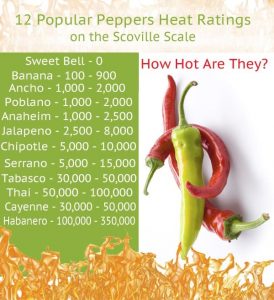
Hot Pepper Idea – Dry your hot peppers and then grind them. Place the grind in a shaker and use to spice up pizza, pasta, burgers, etc.
The twelve most popular peppers we have here at Watters Garden Center are shown on this Scoville Scale.
Local Insiders’ Tips – When adding pepper plants to a garden sprinkle a tablespoon of ‘Aqua Boost Crystals’ at the bottom of each planting hole. These exceptionally absorbent crystals regulate the moisture to each plant, encouraging deeper root growth for sweeter tomatoes, onions, beets, and especially peppers. I never plant without a little Aqua Boost for each new plant in the garden.
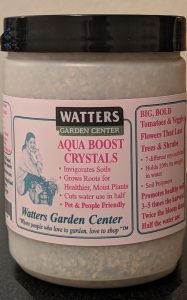
Until next issue, I’ll be here at Watters Garden Center helping locals pick the perfect peppers for their gardens, their tasters, and heat tolerances.
Ken Lain can be found throughout the week at Watters Garden Center, 1815 W. Iron Springs Rd in Prescott, or contacted through his web site at WattersGardenCenter.com or FB.com/WattersGardenCenter


